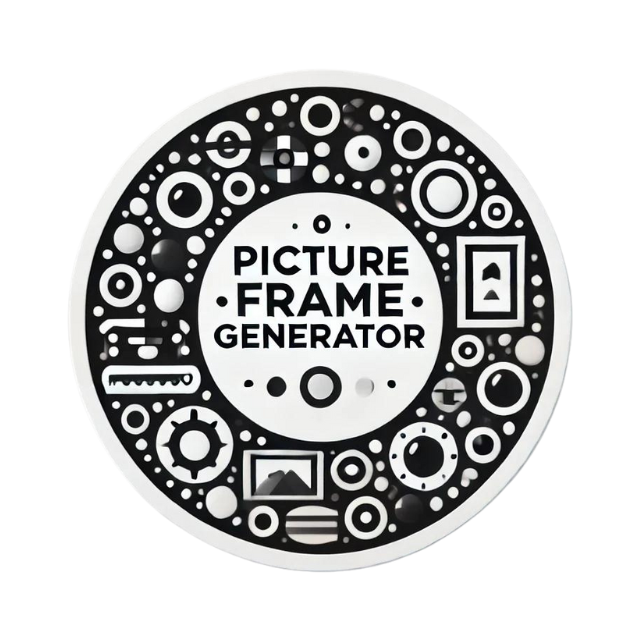Mastering Perspective in Drawing - Advanced Concepts
Discover the hidden secrets of advanced perspective techniques in drawing! Turn good sketches into stunning masterpieces by mastering multi-point perspectives and spatial constructs. Dive into our latest post to elevate your art to a whole new level.

Mastering Perspective in Drawing - Advanced Concepts
When it comes to rendering realism in art, mastering perspective is paramount. Understanding advanced perspective techniques can differentiate a good drawing from a great one. This post aims to delve into the complex world of perspective drawing, focusing on advanced concepts crucial for spatial understanding and mastering fine art.
Why Advanced Perspective Matters
Basic one-point and two-point perspectives might suffice for simple compositions. Still, more intricate scenes often involve multiple vanishing points and require a more profound spatial understanding. This complexity is especially true when depicting intricate architectural scenes or complex natural environments.
Techniques to Elevate Your Perspective Drawing
We'll explore some less commonly discussed yet highly effective techniques for mastering perspective. These include three-point perspective, multi-point perspective, and the concept of the vanishing area. Each technique offers unique advantages depending on the complexity of the scene being drawn.
Three-Point Perspective
While most artists are familiar with one-point and two-point perspectives, three-point perspective is often overlooked. This technique is invaluable when depicting extreme angles, such as high-rise buildings viewed from the ground or deep chasms seen from above.
- Establishing Vanishing Points: The three points used in this perspective are typically aligned vertically and two horizontally. The vertical vanishing point is pivotal in rendering foreshortening effects.
- Drawing the Horizon Line: Position your horizon line based on your point of view—high for bird's eye views, low for worm's eye views.
- Connecting Objects to Vanishing Points: Always ensure horizontal lines draw to one of the horizontal vanishing points, while vertical lines should converge toward the vertical vanishing point.
Multi-Point Perspective Techniques
For more complex compositions, multi-point perspective and curvilinear perspective come into play. These techniques can involve four, five, or even more vanishing points.
- Four-Point Perspective: Often referred to as the “fish-eye” perspective, this type extends the visual field to cover 360 degrees horizontally and 180 degrees vertically. It consists of two horizon lines: one for the horizontal vanishing points and another for the vertical.
- Curvilinear Perspective: Employing curved lines instead of straight ones to represent spatial dimensions, curvilinear perspective is excellent for wide-angled or panoramic views.

Spatial Constructs and Artistic Techniques
Understanding spatial constructs enhances the credibility of your drawings. This section discusses how to achieve realistic spatial constructs using advanced artistic techniques.
- Overlapping: Overlapping elements in a scene is a simple yet powerful way to suggest depth.
- Scale and Proportion: Objects closer to the viewer should be drawn larger than those farther away, a fundamental aspect of achieving the illusion of depth.
- Foreshortening: This technique means adjusting the scale of parts of an object so they appear closer or farther. It’s essential in making objects look three-dimensional.
Practical Applications
Let’s apply these advanced techniques to specific drawing scenarios:
- Complex Architectural Drawings: Buildings with unusual angles or multiple structures require advanced perspective techniques. Multi-point perspective is invaluable here, especially for modern, abstract architecture.
- Natural Landscapes: When drawing forests, mountains, or lakes, using spatial constructs like atmospheric perspective (where distant objects appear lighter and less detailed) can add immense depth to your work.
- Dynamic Human Figures: Capturing the human form in various action poses requires significant understanding of foreshortening and multiple vanishing points.
Real-World Examples
Consider the works of M.C. Escher, who masterfully employed complex perspective techniques to create his intricate designs. His works like "Relativity" illustrate how multiple vanishing points and spatial constructs can coexist to create an engaging, mind-bending piece of art.
Another example is the architectural sketches of Zaha Hadid, whose artwork often incorporates advanced perspective techniques to visualize her groundbreaking designs.
Conclusion
Mastering advanced perspective techniques can be a game-changer for any serious artist. Whether you're depicting a skyscraper from a street-level viewpoint or capturing the intricate details of a sprawling landscape, these advanced concepts will help you create more compelling and realistic drawings.
By integrating three-point and multi-point perspectives, along with the appropriate application of spatial constructs, you'll be well-equipped to take your artistic skills to the next level.
Stay tuned for more tutorials and tips on fine art and drawing techniques. Until then, keep practicing and exploring the limitless possibilities that perspective in art can offer.
Recommended Tools and Resources
- Sketchbooks with Grid Layouts: These can be incredibly useful for practicing perspective drawing.
- Digital Tools: Software like Adobe Illustrator and SketchUp can help visualize complex perspectives.
- Online Courses: Platforms like Coursera and Udemy offer advanced courses on perspective drawing.
By incorporating these tools and continuing your practice, your understanding and application of advanced perspective will only deepen, giving your artwork a more realistic and engaging quality.
Mastering perspective requires both knowledge and practice. Use these advanced concepts to challenge yourself and bring a new dimension to your drawings.
Happy sketching!
